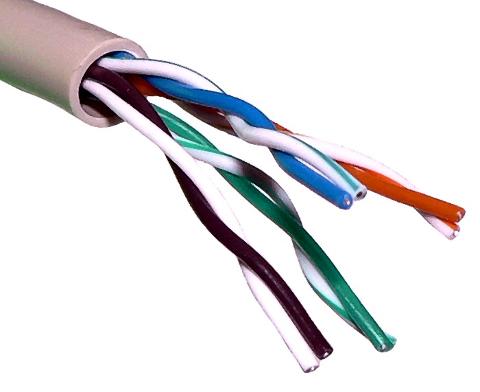
Crosstalk
The electricity that runs over a copper wire creates a magnetic field. The reverse is also true. A magnetic field near a wire can produce some electricity. This can produce crosstalk.
This can be tricky for network cables. Imagine two copper wires running along in parallel. An electrical signal on one wire generates a magnetic field. This magnetic field affects the second wire, disrupting its signal.
Crosstalk is when one wire affects the signal on another. This is bad, as it disrupts or corrupts information on the wire. When this happens, it needs to be resent, which degrades the network performance.
IEEE came up with a very clever way to solve this. The solution is not to run the wires in parallel. Instead, each pair is twisted together. This is how a UTP cable gets its name.
Twisting the wires together cancels out the magnetic fields of each wire. This decreases or eliminates crosstalk.
Another possible way to decrease crosstalk is to shield each wire. This prevents the magnetic field from getting through.